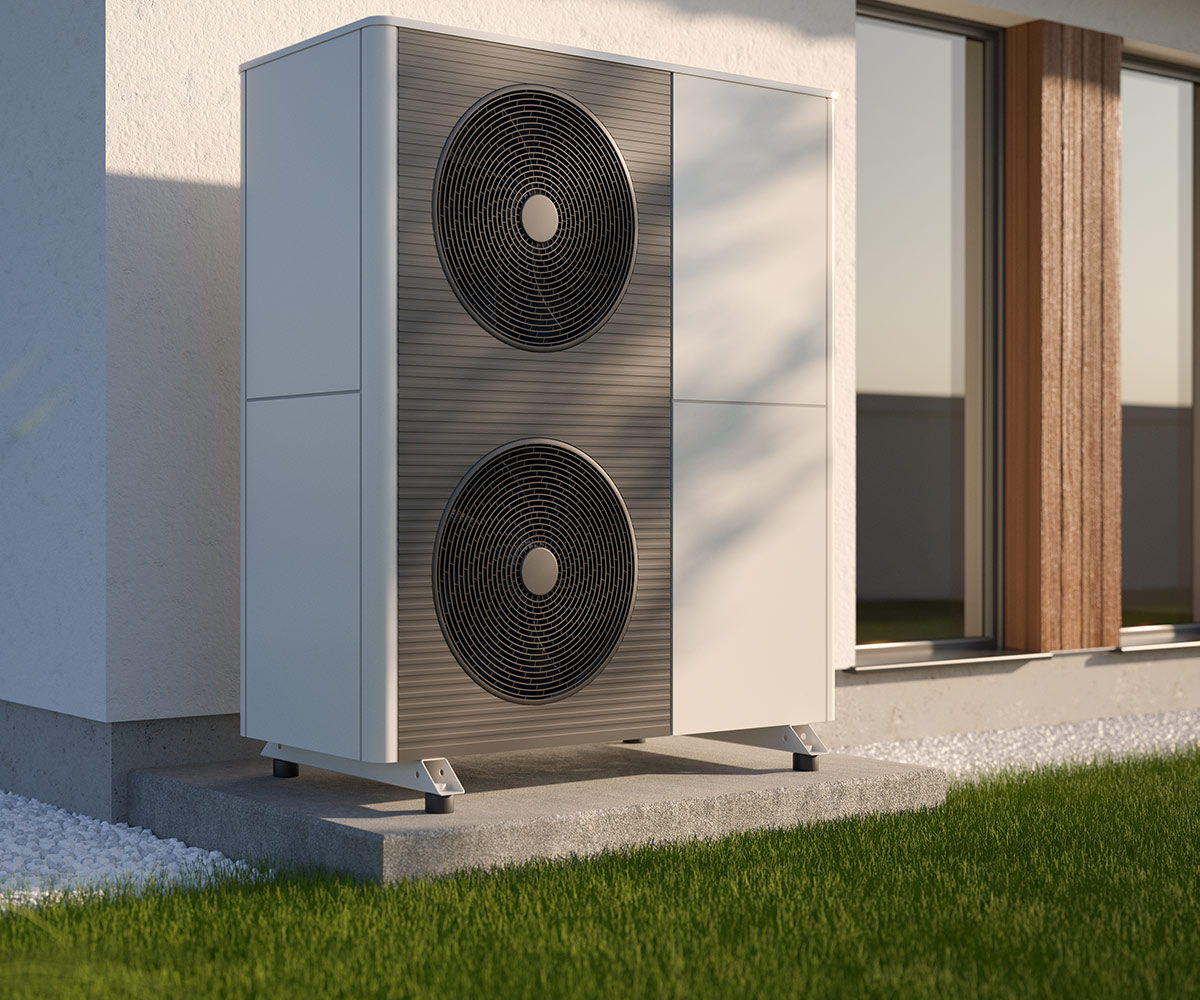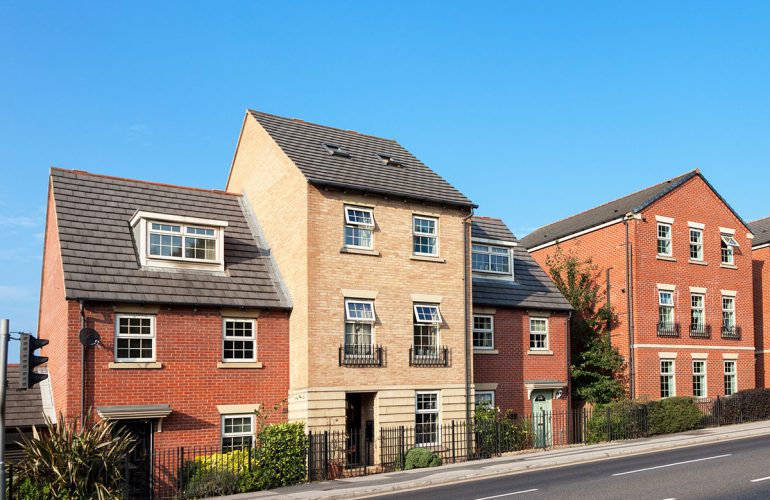Air Source Heat Pumps are a popular and efficient heating solution for many households, providing warmth and comfort while reducing carbon emissions. When it comes to installing an Air Source Heat Pump, one of the key considerations is determining the best position for optimal performance. We will always advise on the best positioning of where the pump should be positioned.
Open to the outside air
Air Source Heat Pumps rely on the outside air to function. While they can withstand cold temperatures as low as -20°C, they require a good supply of free-flowing, ambient air. It is crucial to avoid placing the unit in a porch, facing a wall, or in a tightly enclosed space. These restrictions can limit the airflow and hinder the heat pump’s performance.
Placing the Air Source Heat Pump indoors, such as in the loft or conservatory, is not recommended. The heat pump will extract all the warmth from the trapped air within a few hours, effectively turning the space into a freezer. To ensure optimum performance, the Air Source Heat Pump needs access to the free-flowing outside air.
Accessibility for Maintenance and Service
While Air Source Heat Pumps are built to last and are known for their durability, regular maintenance is essential to keep them running smoothly. Accessibility is necessary for annual servicing. When choosing a location for your Air Source Heat Pump, consider ease of access for engineers to perform necessary checks and maintenance tasks.
Ideally, the pump should be placed on the ground level, allowing engineers to access all sides of the unit and remove the outer panel without any constraints. This ensures that the system can be serviced efficiently, promoting its longevity and reliability.
Proximity to Your Home and Water Cylinder
The proximity of the Air Source Heat Pump to your home plays a significant role in its performance and efficiency. Placing the unit on the floor immediately outside your home’s outer wall is recommended. This location minimizes the length of pipework required to connect the unit to the water cylinder, reducing heat loss during the transfer stage.
It is also crucial to consider the defrost cycle during winter. In sub-zero temperatures, Air Source Heat Pumps enter a defrost cycle to thaw any forming ice or frost on the outside unit. Placing the unit near frequently used paths may result in the thawed water freezing over, creating potential hazards. Therefore, it is advisable to choose a location that minimizes the risk of icy patches forming on walkways.
Additionally, maintaining proper airflow around the unit is vital for its efficiency. Ensure that the Air Source Heat Pump has enough space at the back and is not positioned flush against the wall it’s attached to. This prevents cold air that has passed over the heat transfer coils from blowing back into the unit, compromising its efficiency.
Noise Considerations
Contrary to common misconceptions, Air Source Heat Pumps are remarkably quiet. The noise level of modern units, such as the Mitsubishi Ecodan, is comparable to that of an average library or even quieter. However, it is still wise to consider noise levels when choosing the placement of your Air Source Heat Pump.
Avoid situating the unit directly beneath windows of frequently used rooms, such as bedrooms or living rooms. While the noise is minimal, you may hear a faint hum during winter when the heat pump operates at higher speeds due to lower temperatures. Placing the unit in a location that minimizes any potential noise disturbance ensures a peaceful indoor environment.
Avoiding Hazardous Locations
When selecting a location for your Air Source Heat Pump, common sense should prevail. Avoid placing the unit in areas that could pose hazards or inhibit the smooth running of your heating system. While Air Source Heat Pumps are resilient, they perform best when not exposed to flooding, leaky guttering, sinking ground conditions, or other obvious problematic locations.
By avoiding these potential hazards, you can ensure the longevity and efficiency of your Air Source Heat Pump, allowing it to provide reliable heating for your home.
By taking all these factors into account, you can determine the best position for your Air Source Heat Pump, ensuring its effectiveness, efficiency, and longevity.





